Hamamelis X intermedia ‘Jelena’
Photo/Illustration: Jennifer Benner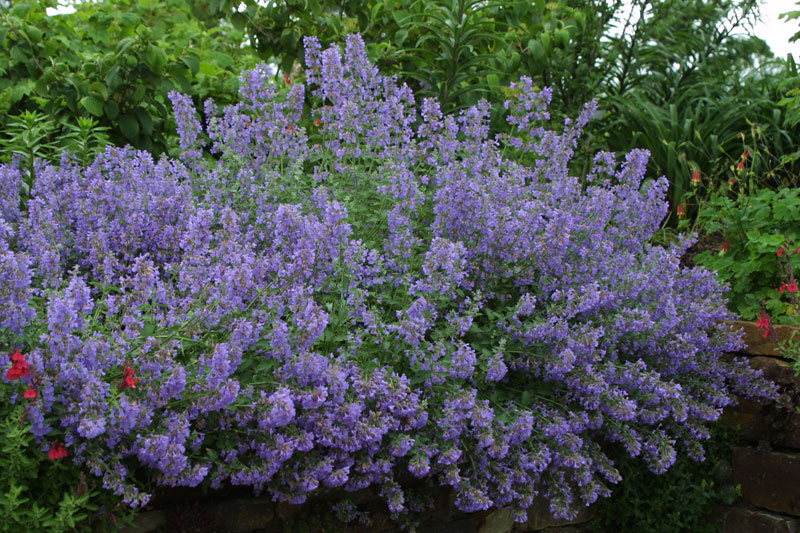 Nepeta X faassennia ‘Walker’s Low’
Nepeta X faassennia ‘Walker’s Low’
Photo/Illustration: Jennifer Benner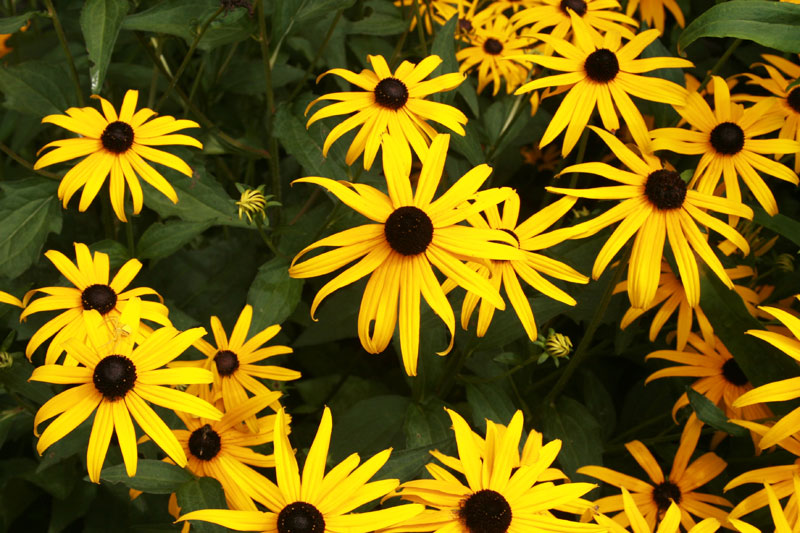 Rudbeckia ‘Goldsturm’
Rudbeckia ‘Goldsturm’
Photo/Illustration: Michelle Gervais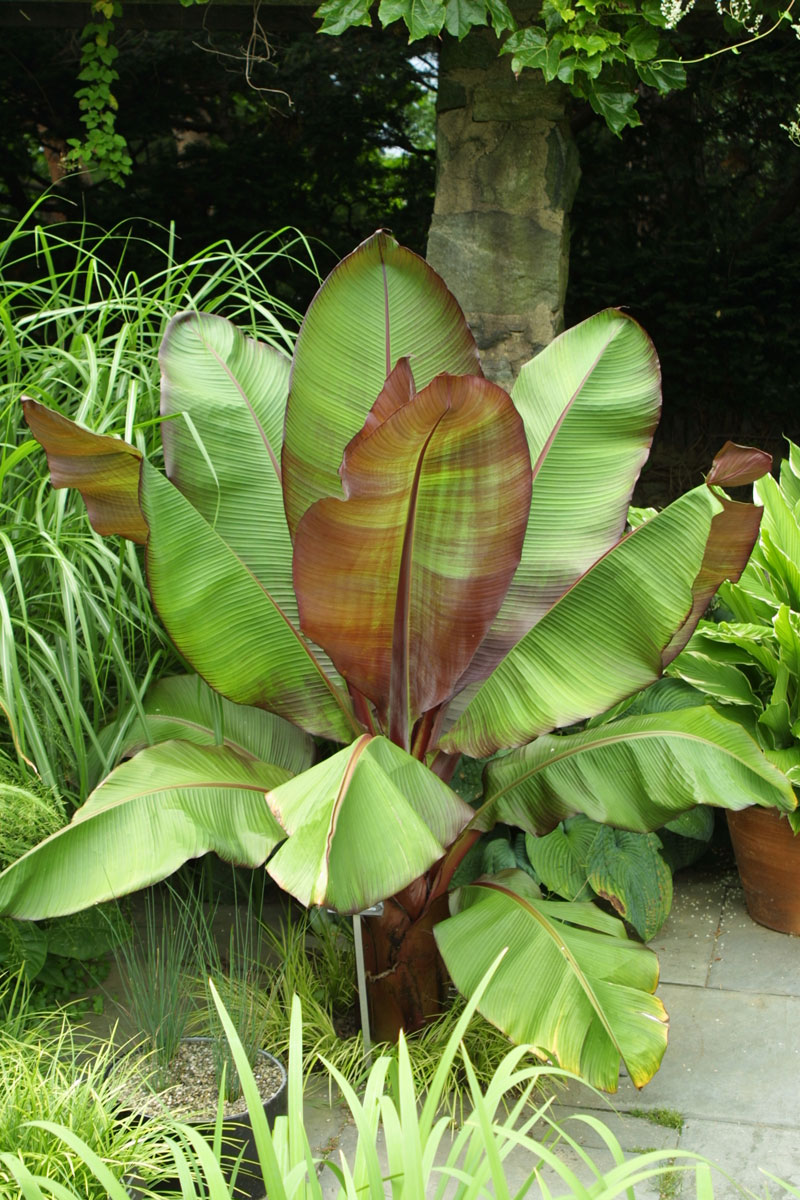 Ensete ventricosum ‘Maurellii’
Ensete ventricosum ‘Maurellii’
Photo/Illustration: Michelle Gervais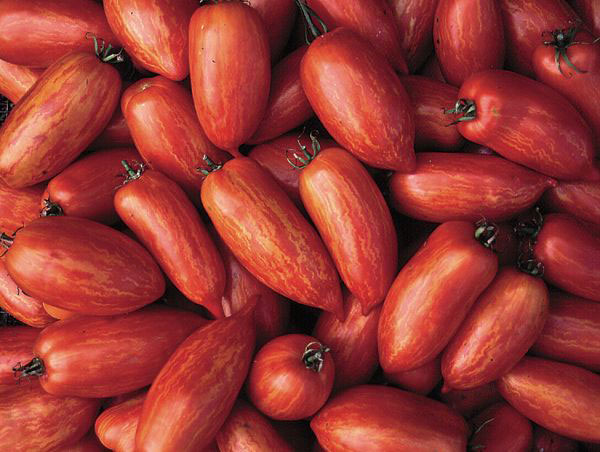 ‘Speckled Roman’ tomato
‘Speckled Roman’ tomato
Photo/Illustration: Seed Savers Exchange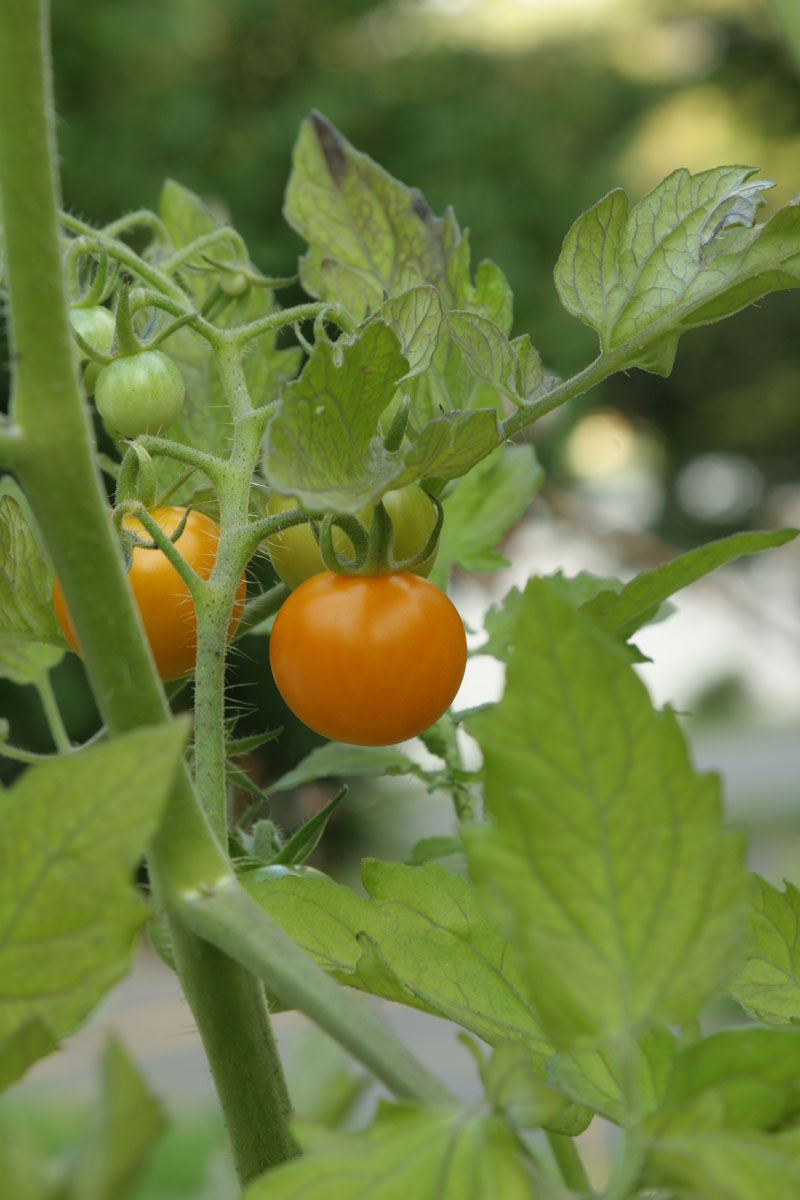 ‘Sun Gold’ cherry tomao
‘Sun Gold’ cherry tomao
Photo/Illustration: Steve Aitken Miscanthus sinensis ‘Morning Light’
Miscanthus sinensis ‘Morning Light’
Photo/Illustration: Michelle Gervais Hosta ‘Sum and Substance’
Hosta ‘Sum and Substance’
Photo/Illustration: Jennifer Benner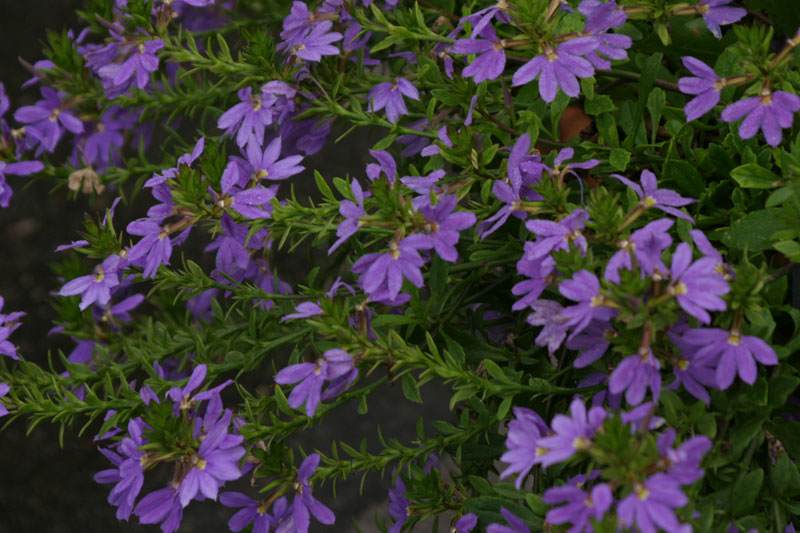 Scaevola aemula ‘Fancy’
Scaevola aemula ‘Fancy’
Photo/Illustration: Brandi Spade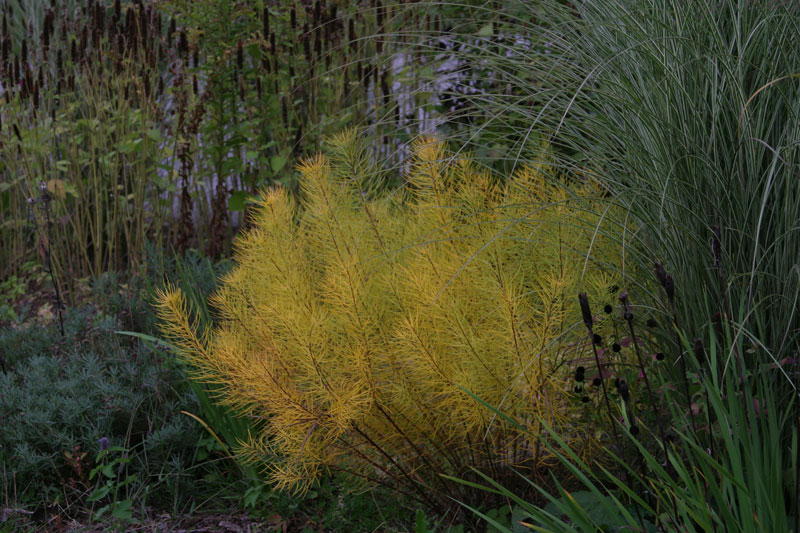 Amsonia hubrichtii
Amsonia hubrichtii
Photo/Illustration: Steve Aitken Baptisia ‘Carolina Moonlight’
Baptisia ‘Carolina Moonlight’
Photo/Illustration: Michelle Gervais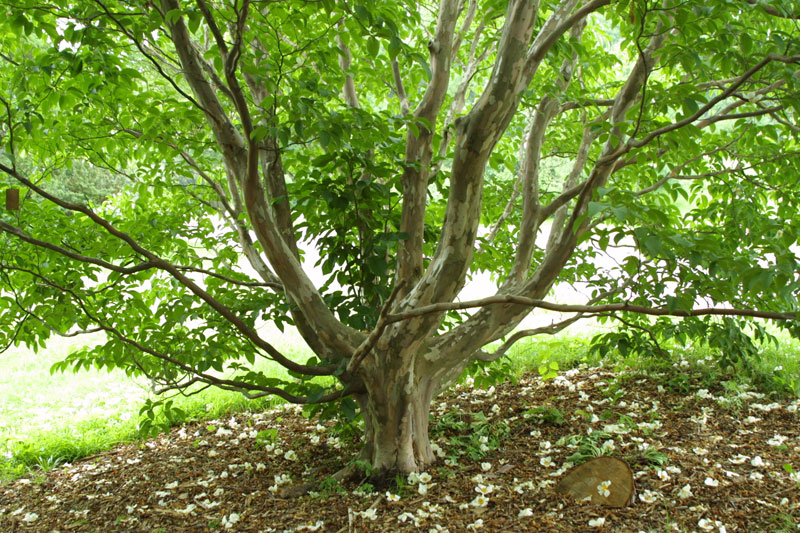 Stewartia pseudocamellia
Stewartia pseudocamellia
Photo/Illustration: Stephanie Fagan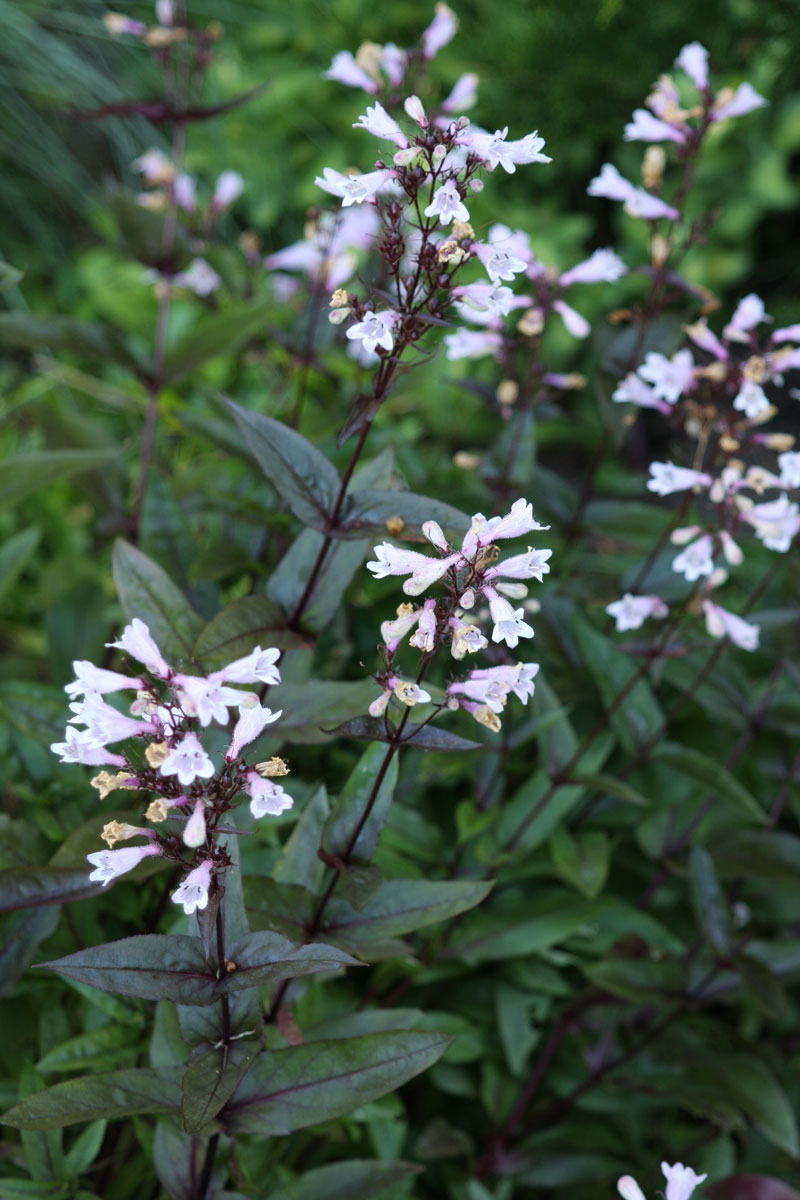 Penstemon digitalis ‘Husker Red’
Penstemon digitalis ‘Husker Red’
Photo/Illustration: Kerry Moore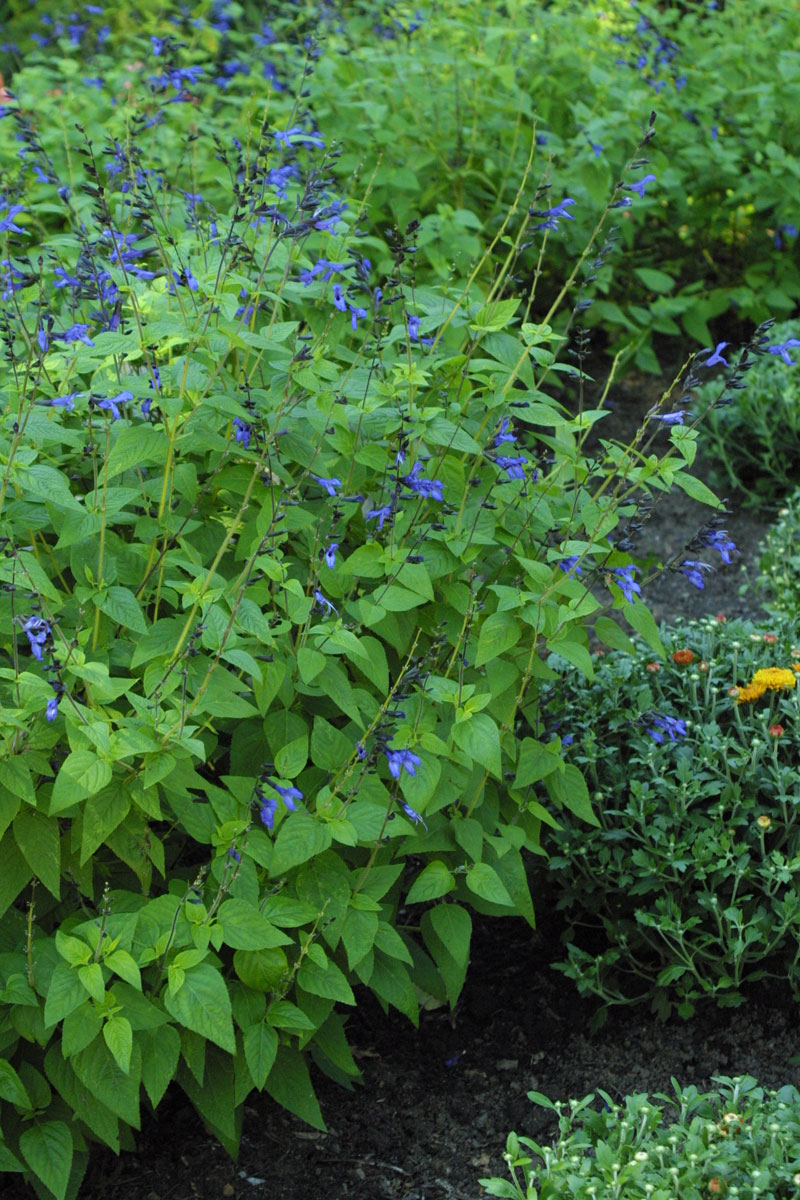 Salvia guaranitica ‘Black and Blue’
Salvia guaranitica ‘Black and Blue’
Photo/Illustration: Jennifer Benner Hydrangea quercifolia ‘Snowflake’
Hydrangea quercifolia ‘Snowflake’
Photo/Illustration: Jennifer Benner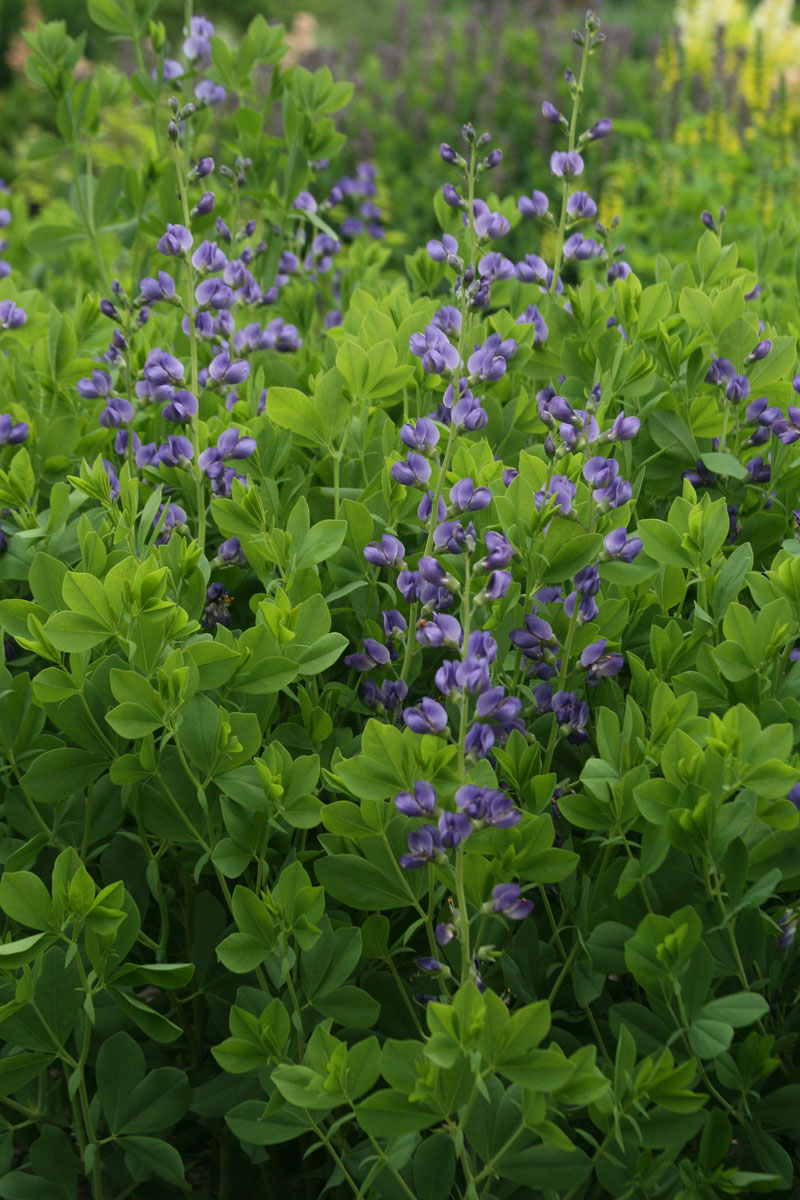 Baptisia australis
Baptisia australis
Photo/Illustration: Jennifer Benner Jasminum officinalis ‘Frojas’
Jasminum officinalis ‘Frojas’
Photo/Illustration: Michelle Gervais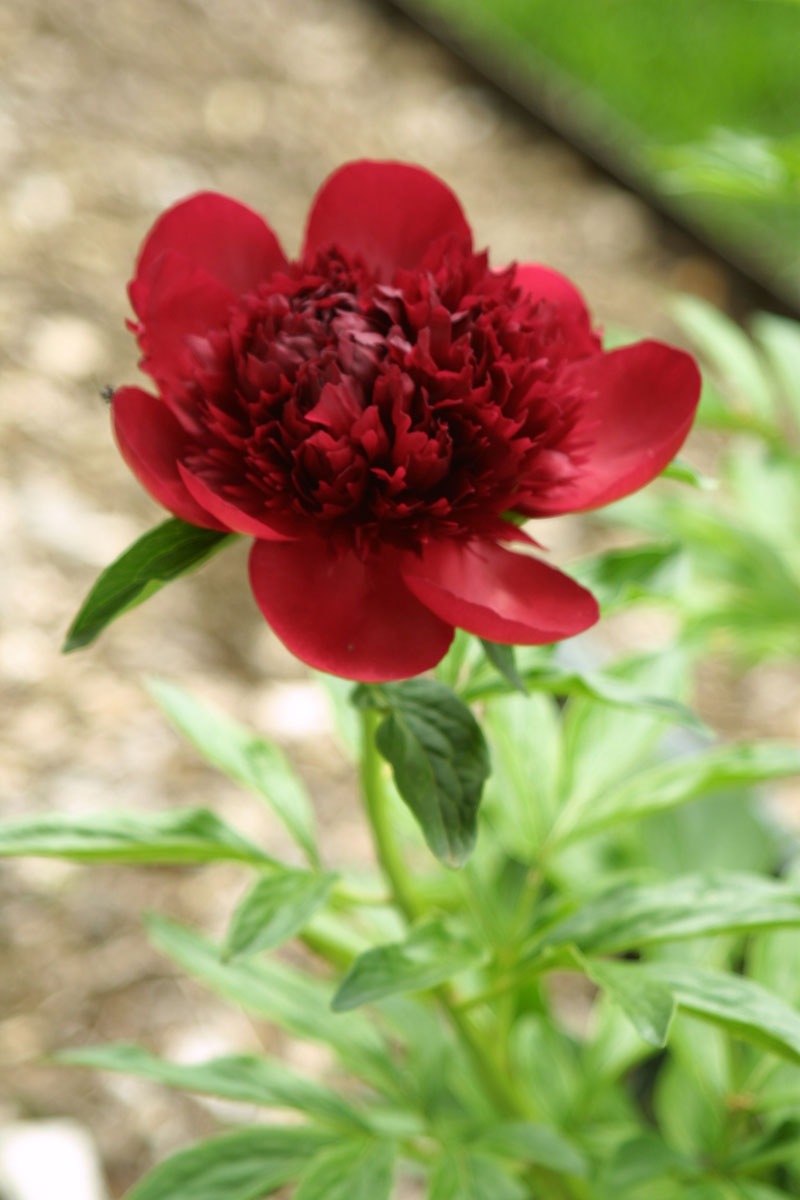 Paeonia ‘Red Charm’
Paeonia ‘Red Charm’
Photo/Illustration: Jennifer Benner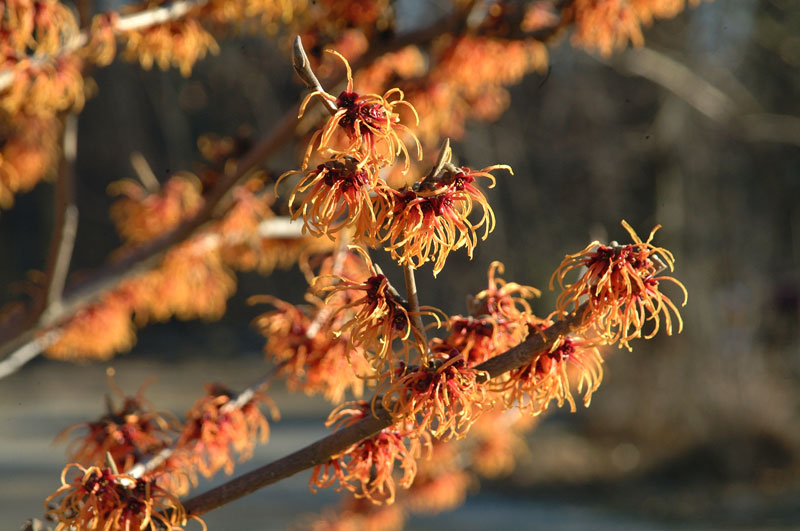 Hamamelis X intermedia ‘Jelena’
Hamamelis X intermedia ‘Jelena’
Photo/Illustration: Jennifer Benner Nepeta X faassennia ‘Walker’s Low’
Nepeta X faassennia ‘Walker’s Low’
Photo/Illustration: Jennifer Benner Rudbeckia ‘Goldsturm’
Rudbeckia ‘Goldsturm’
Photo/Illustration: Michelle Gervais Ensete ventricosum ‘Maurellii’
Ensete ventricosum ‘Maurellii’
Photo/Illustration: Michelle Gervais ‘Speckled Roman’ tomato
‘Speckled Roman’ tomato
Photo/Illustration: Seed Savers Exchange ‘Sun Gold’ cherry tomao
‘Sun Gold’ cherry tomao
Photo/Illustration: Steve Aitken Miscanthus sinensis ‘Morning Light’
Miscanthus sinensis ‘Morning Light’
Photo/Illustration: Michelle Gervais Hosta ‘Sum and Substance’
Hosta ‘Sum and Substance’
Photo/Illustration: Jennifer Benner Scaevola aemula ‘Fancy’
Scaevola aemula ‘Fancy’
Photo/Illustration: Brandi Spade Amsonia hubrichtii
Amsonia hubrichtii
Photo/Illustration: Steve Aitken Baptisia ‘Carolina Moonlight’
Baptisia ‘Carolina Moonlight’
Photo/Illustration: Michelle Gervais Stewartia pseudocamellia
Stewartia pseudocamellia
Photo/Illustration: Stephanie Fagan Penstemon digitalis ‘Husker Red’
Penstemon digitalis ‘Husker Red’
Photo/Illustration: Kerry Moore Salvia guaranitica ‘Black and Blue’
Salvia guaranitica ‘Black and Blue’
Photo/Illustration: Jennifer Benner Hydrangea quercifolia ‘Snowflake’
Hydrangea quercifolia ‘Snowflake’
Photo/Illustration: Jennifer Benner Baptisia australis
Baptisia australis
Photo/Illustration: Jennifer Benner Jasminum officinalis ‘Frojas’
Jasminum officinalis ‘Frojas’
Photo/Illustration: Michelle Gervais Paeonia ‘Red Charm’
Paeonia ‘Red Charm’
Photo/Illustration: Jennifer Benner
 |
 |
| Ensete ventricosum ‘Maurellii’ |
 |
| Rudbeckia ‘Goldsturm’ |
Comments: Incomparable early spring bloom greets the first hummingbirds.
Comments: Groundcover, companion for sun or shade.
Comments: Late summer color, long-lasting.
Comments: Does well in heat or cold, doesn’t bolt, and is beautiful! A crisp-leaved Batavian lettuce.
Comments: Never bolts, is always sweet, and produces new leaves all season. An heirloom chard (1869), still very popular in France, hardly known here.
Comments: A great container plant with largish flowers that never need deadheading.
Comments: Good form all season, dependable long-lasting fall color.
Comments: Great spring and fall color, and garden accent. Easily grown and propagated.
Comments: Long flowering from midsummer through fall, good distant accent.
Comments: Tolerates drought and resists slug (a bonus in hostas), a good hedge in difficult conditions (dank shade) and attractive alone as an accent.
Comments: Absolutely hardy, no black spot, blooms nonstop in thick clusters, which is unusual in a hardy rose.
 |
| ‘Speckled Roman’ tomato |
Comments: Kids love the delicious tiny red tomatoes borne in profusion all summer long.
Comments: A maroon cherry tomato that tastes like plum stone fruit without the stone (pit).
Comments: A psychedelic plum-shaped tomato: red with orange zigzags. Fruity and sweet, makes eating tomatoes fun for the uninitiated.
Comments: A superbly delicious and eye-catching bicolor (orange, yellow and pink)
Comments: An enchanting melon: pocket-sized, with red and yellow stripes, that gives off an unforgettable perfume. For sniffing and not eating (taste is insipid).
Comments: This elegant long-necked creature can coil like a snake when grown on the ground. Tastes like a cucumber, only better, and produces a huge crop to delight any child.
Comments: An outstanding little watermelon with penciled yellow rind and salmonpink flesh. With a builtin ripeness indicator: the fruit (and plant) turn yellow when ripe.
Comments: This palm-sized pipsqueak is undeniably fanciful. Looks like a miniature pumpkin but is in fact a type of acorn squash. Not just for ornament! Makes a great afterschool snack: bake one whole, cut a lid and scoop out the seeds, and drop in some creamy butter and maple syrup.
Comments: A fabulous orange pie pumpkin with a fine white filigree. Makes the best pumpkin pies.
Comments: The biggest pumpkin in the world. Materializes like magic.
 |
| Hamamelis X intermedia ‘Jelena’ |
Comments: Ever since I was a kid and someone gave me a beanbag full of lavender flowers, I have had to have its scent around me and in my garden. Also it requires starved soil. Somehow I’ve always been able to give it what it needs.
Comments: All gardeners need something that blooms in February/March.
Comments: A must have for any gardener that loves butterflies.
Comments: On my list because I don’t have one yet and want one for the birds.
Comments: Hummingbirds love it.
Comments: Bees love it and it’s one of those rewarding, no fuss, blooms constantly, plants that can make any gardener feel like a genius.
Comments: Because it’s outstanding. Literally.
Comments: To go where no hosta can (full sun). Besides they’re more beautiful than hosta and tasty too.
Comments: Virgin is hands-down a great plant for being an upstanding citizen with non-stop blooms. And it’s another for the birds, gold-finch love Echinacea seeds.
Comments: They’re just so easy and so fun.
Comments: It’s softer than a kitten and smells a lot nicer than puppy breath. It’s a great pet plant for the kiddos.
 |
| Nepeta X faassennii ‘Walker’s Low’ |
Comments: Best butterfly bush by far for bloom, fragrance, and ease of growth.
Comments: Beautiful in flower (purple) and leaf (blue).
Comments: Indestructible catmint.
Comments: Pale yellow Jerusalem sage.
Comments: Best medium sized grass ever. Pale pink flowers over a very long season.
Comments: Palest yellow yarrow.
Comments: Devil’s walking stick. Wish it were more widely available.
Comments: The old fashioned beautybush. Hard to beat.
Comments: One of the toughest plants I know.
Comments: That’s right! Plain ole Yucca much maligned but well loved.
 |
 |
| ‘Sun Gold’ cherry tomato |
Comments: Sheridan hybrid, excellent for hedging.
Comments: Hard-prune in early spring.
Comments: Top-grafted, standard or “tree” form.
 |
 |
| Miscanthus sinensis ‘Morning Light’ |
Comments: Spectacular presence, bold effect, easy to overwinter.
Comments: Colorful foliage makes it a great host for all kinds of combinations.
Comments: How can you go wrong a Japanese maple, any Japanese maple, but especially this one, with its sultry orange foliage in spring?
Comments: Distinctive way the foliage is borne makes euphorbia’s welcome in almost every combination
Comments: Delicate texture makes it a great player, and the thing is just awash in blossoms in latest summer, tough as nails.
Comments: You only need one, but this stupendous shrub boasts singular form, exquisitely colorful foliage, and a wild, tropical quality yet is tough and hardy.
Comments: One of the most beautiful flowers, vivid color.
Comments: Any grass is a good one, but this beautifully fountain-shaped grass, with its subtle variegation, compliments any place it is planted.
Comments: Another grass with unmatched grace, this one looks like a tiny waterfall in the garden, and having lots makes it possible to create flowing streams of intensely pleasing beauty.
Comments: Interesting flowers, terrific foliage, drought-tolerant as all get out, easy to divide and establish large areas quickly. What’s not to like?
Comments: OK, I said it, got to have tulips. By the time they arrive, I am so starved for color and tulips provide it, Different colors and cultivars every year, so the spring show is always enriched by their presence. Treat as annuals.
 |
| Hosta ‘Sum and Substance’ |
Comments: Incredible foliage plants that do their job all season.
Comments: The most graceful of grasses. There are many color varieties and it can be planted in a mixed border without shadowing all other plants. My favorite of all grasses. I have it in all color versions.
Comments: Wonderful texture and color.
Comments: A tremendous, large, herbaceous, chartreuse, clean looking all season. This is a newer plant for me but I just love it. It gets to be about 34ft and has a lot of presence in the garden. It keeps its color all season and the foliage stays clean.
Comments: Great for wet areas; beautiful chartreuse color and very well behaved only increasing in girth, never running.
Comments: Nice variegated grasses that are easy to grow, especially in moist soil.
Comments: I love this plant. It has great form, beautiful showing legs, arcing form and is very well behaved. I have Fargesia robusta and Fargesia ‘Anceps’ and just love the shape, texture and grace that they add to the garden.
Comments: A magnificent plant that has big shiny green leaves that remain all season. It stops people in their tracks.
Comments: Great shrubs that increase slowly and never get any diseases. Look nice in all settings and add that regular shape to the garden that brings it order.
Comments: Great foliage and flowering plants.
Comments: Lovely arcing delicately divided fern that is a show stopper
 |
| Scaevola aemula ‘Fancy’ |
Comments: Blue-flowered selection. Annual, easy to grow and blooms the entire growing season.
Comments: Perennial, easy to grow and live for generations.
Comments: Any with showy fruit. Shrub, easy to grow and they feed the birds.
Comments: Any that have excellent fall color and aren’t weedy. Theser trees are easy to grow and dazzle the eye.
Comments: Heirloom or hybrid, as long as it has good taste. Vegetable, easy to grow and tastes great.
Comments: Any time-tested one. Bulb, easy to grow and deer don’t eat them.
Comments: Climber: easy to grow and take color into the air.
Comments: Like any but the finicky few. Tropical, easy to grow and provide color all growing season.
Comments: Houseplant, easy to grow and can be trained into any shape.
Comments: Succulent, easy to grow and take many forms.
 |
| Amsonia hubrichtii |
 |
 |
| Baptisia ‘Carolina Moonlight’ |
Comments: one of the best ever.
Comments: For the supersized garden.
 |
| Stewartia pseudocamellia |
Comments: Quite simply, one of the most majestic maternal beauties in the plant kingdom!
Comments: Talk about a four season plant. There is not a single day during the calendar year that observers fail to be overwhelmed by the absolute stunning impact of this.
Comments: Spire-like in youth, aging to a graceful broad grower, this form combines beauty and adaptability to make an unrivaled package.
Comments: Find me another shrub out there with a better combination of floral display, fragrance, summer and fall foliage, and I’ll buy 1000!
Comments: Some you just grow for sentimental reasons and how can you pass on this one!
Comments: If it was easy, everyone would be growing it! But if it wasn’t for the cultural challenge, this would be the perfect garden tree!
Comments: Better grower than the more common Aureola and a firstrate garden plant.
Comments: There may be others, but none better!
Comments: Everyone should have bright, fragrant flowers in January, and this one is tough to beat!
Comments: One great vine! Golden variegation and great flowers and no list would be complete without at least one Hydrangea!
 |
 |
| Penstemon digitalis ‘Husker Red’ |
 |
 |
| Salvia guaranitica ‘Black and Blue’ |
Comments: One of the toughest and most long-lived of all perennials, with fragrant, lemon yellow flowers for six weeks in early to midsummer.
Comments: One of the most vigorous and beautiful of all hostas. Solid green leaves and enormous, fragrant, pure white flowers in August.
Comments: A group of plants that no shade garden should be without. The nearly perfect perennial. Tough, evergreen, deer resistant, thrives in dry shade and flowers at a time when so little else is in bloom.
Comments: My favorite of all of the variegated grasses. One of the midsize miscanthus that is suitable for gardens of any size, with clean, beautiful variegation. Does not reseed like some miscanthus.
Comments: A stalwart native with beautiful, willowy foliage and golden yellow, dark-eyed “daisies” in late summer and early autumn. The ‘First Light’ flowers at around 4 feet, instead of the 7 to 9 feet of the straight. It also flowers about a month earlier.
Comments: The most stunningly variegated of all cannas with green and yellow striped leaves edged in red. Tangerine orange flowers appear from midsummer to fall. Unfortunately, canna virus is running rampant through nearly every canna on the market and the long-term effects are not yet known.
Comments: My go-to salvia for cobalt blue color. Zone 6b and south it is mostly perennial, further north an annual that is well worth the investment each spring. ‘Argentine Skies’ is a little shy in its flower production, but the soft, sky blue is second to none in color.
Comments: The most impressive and long flowering of all of the oak leaf hydrangeas. Magnificent, cascading heads of double white flowers begin in June and are showy through early August.
Comments: One of the best plants for adding that tropical touch to any garden. Large-growing Musa basjoo is cold hardy to at least Zone 6 and possibly colder, with protection. ‘Red Jewel’ and ‘Siam Ruby’ are perfect choices for smaller gardens.
Comments: More tropical favorites! ‘Nancy’s Revenge’ for its presto-change-o variegation that streaks through the leaves from midsummer to fall, ‘Elena’ for its brilliant chartreuse leaves and rhubarb red flushes to the stems and ‘Black Magic’ for that magical, mystical black leaf that is the perfect foil for every other color in the garden.
Comments: My new favorite conifer, seemingly fast growing and with green and gold variegation whose patterns change throughout the seasons. Sometimes green with gold tips, at other times the gold “moves” to the center of the leaflet and the patterns change in a seemingly endless manner.
 |
| Hydrangea quercifolia ‘Snowflake’ |
Comments: Sexy in all seasons….tough.
Comments: Lovely specimen…Xeriscape plant.
Comments: I have found it likes afternoon shade in zone 7. Great in containers.
Comments: Tough. Sexy. Great with Tiger Eyes Sumac.
Comments: OMG! Great in containers.
Comments: To avoid late winter freezes…killing the blossoms in zone 7.
Comments: I have killed every Carex, but have not found a way to kill this one.
Comments: Just because.
Comments: Tough ‘ole southern girl….Steel Magnolia.
Comments: Cranky, slow, expensive, difficult….They take my breath away.
 |
 |
| Baptisia australis |
Comments: Excellent fragrance, long blooming, evergreen, shrub for structure, care-free.
Comments: Early and long-blooming, supports butterflies, evergreen.
Comments: Supports butterflies, unusual looking spring emergence, silver foliage, black seed pods, care-free.
Comments: Vivid color, odd-shaped flowers, long-blooming, care-free.
Comments: Bold texture, weird flower, long-blooming, care-free.
Comments: Vivid color, supports hummingbirds, butterflies, long-blooming and care-free.
Comments: Happy flower supports pollinators, long blooming.
Comments: Energetic fine texture, amazing glow when blooms backlit, long-blooming, care-free.
Comments: Supports many different pollinators and butterflies, structure on through the winter, very long-blooming.
Comments: Supports pollinators and butterflies, profuse and long-blooming.
Comments: Relaxed fine texture, always a bright spot, evergreen and care-free
 |
 |
| Jasminum officinalis ‘Frojas’ |
Comments: Good bark, great flowers, shinny leaves, attractive fruit on female
Comments: Beautiful cinnamon-color bark, flowers profusely, fall color, tough as nails
Comments: Attractive peeling bark, large dependable flowers, nice coarse texture, fall color
Comments: Matures to a manageable size, great summer and a glowing copper winter color, great replacement for dwarf Alberta spruce in the South
Comments: Bright foliage and winter stem color, nice leaf texture.
Comments: Good foliage color and texture, naturally globose in nature, good replacement for boxwoods, and Japanese and dwarf yaupon hollies, a plant you just want to hug.
Comments: Nonstop flowers, disease resistant, no deadheading needed, compact.
Comments: Nonstop flowers, drought tolerant, no deadheading needed.
Comments: Graceful upright arching form, attractive for a long period of time, winter interest, movement in the garden.
Comments: Late winter fragrant flowers, great foliage, love the way water/due bubbles on the foliage term, attractive winter flower buds and over all interesting winter texture.
Comments: What a hard choice. Helleborus beat out Thuja (Platycladus) orientalis ‘Franky Boy’ due to being so new and hard to find. Helleborus flowers early, and the bracts last for a long time. It’s evergreen, rodent resistant, tough, and drought tolerant.
 |
 |
| Paeonia ‘Red Charm’ |
Comments: Sweet spring green, gentle long-lasting large flowers, fabulous fall color. Can be sheared or left natural. Makes a great specimen plant or hedge.
Comments: Three solid seasons with cornflower blue flowers in spring, nice structure in summer and bronzy yellow fall foliage.
Comments: Peony flowers may only last a couple of weeks (at most) but they artist’s inspiration allowing painters to paint and poets to pontificate.
Comments: I really like them all…can’t imagine my winter garden without one. I first learned about these beauties from the JC Raulston Arboretum in Raleigh, NC.
Comments: Accept no substitute. Order from Old House Gardens.
Comments: Get on your knees, baby, to see or plant on a berm…perfect addition to your rock garden.
Comments: Four solid seasons. Beautiful summer shrub. But what really jazzes me about this beauty is how the flower heads form before the leaves even fall. Then they just hang there, slowly opening, revealing some yellow and wafting its scent.
Comments: Great native with sexy curves and beaming berries. Great for food and cover for wildlife.
Comments: Yep, just the pure native. Remember that? Great flower, seed loved my many birds, particularly the yellow finch.
Comments: This is a fun and funky feature in my mixed border that really stands out in the winter garden.